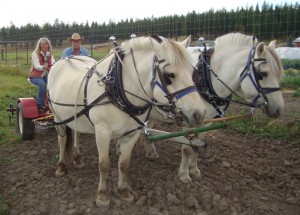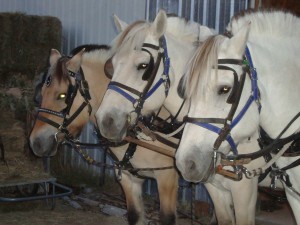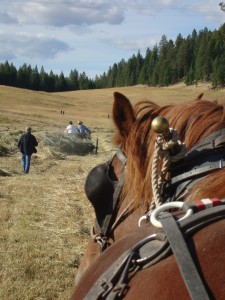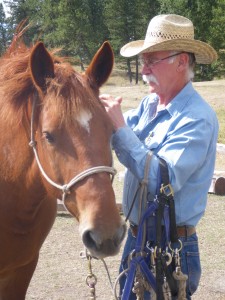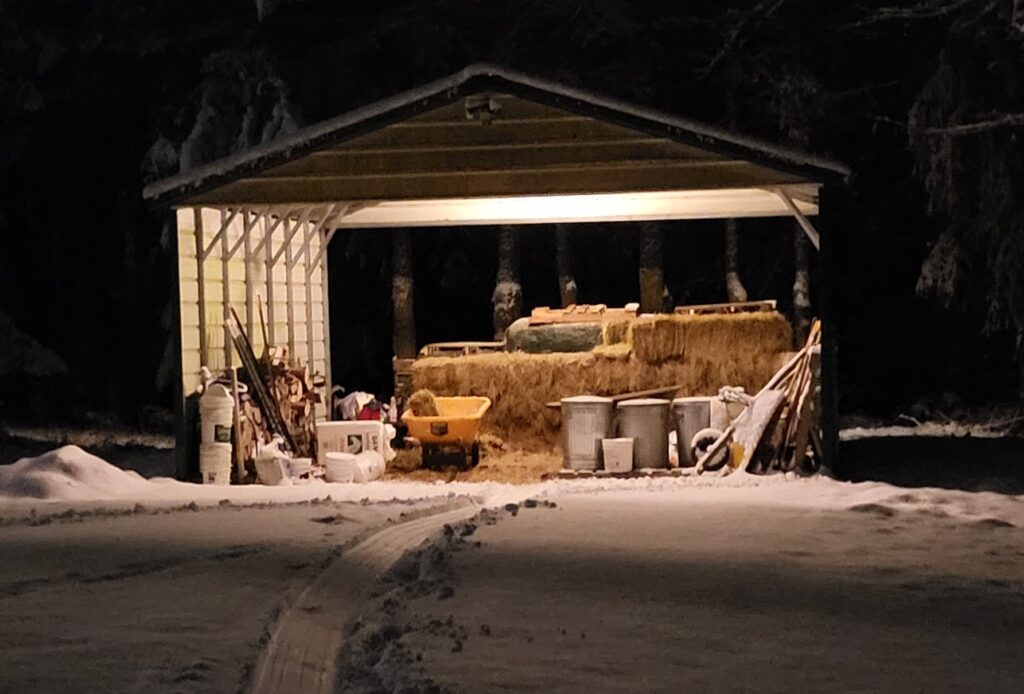
The last several weeks have been colder than normal. Everything is frozen. The sand in the paddock has changed to frozen ground. Snow covers everything and has for some time. The days are very short.
When it’s like this, the last thing I want to do is put on my coat, scarf, hat, and boots, and walk through the frozen air, to feed the horses. It’s what must be done, however, and it must be accomplished regularly.
Once I close the door behind me and start trudging my way across the farm to the hay barn, I notice the intense quiet. It’s a silent darkness, warmed by the automatic lights that show me the path. I hear nickers of anticipation, hooves shuffling in their padded barns.
When I go out in the summer, the sounds are so different. Even at night, there are birds and animals calling to each other and flying among the trees. The bats fly through my two-sided barn, catching the small mosquitos attracted by the lights. I hear their sonar squeaks and chirps. Birds perch on the inside of the roof, upset that I’ve disturbed their sleep. Owls call out to their friends in neighboring trees. Summer is loud.
Now, it’s in this winter’s darkness and quiet that I find calmness. I feel the warmth of the horse’s breath on my palm, even through my gloves. The rhythm of the grain falling into the mangers, and the sighs of happy horses munching on sweet orchard grass are the only sounds I hear.
Time stops. The universe takes a breath. The stars brighten and the unnoticed, the unseen becomes all that there is. Because I didn’t stay indoors when it was cold and dark outside, I saw a world at rest. Nature sleeps and it’s a joy to watch it slumber.

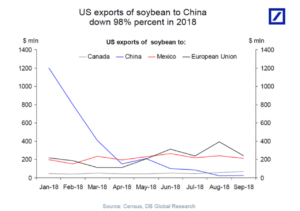 Our $14B in annual soybean sales to China has quickly fallen to $0 as of November of 2018. They’re now buying their soy from Brazil. With the Trans-Pacific Partnership agreement going into effect today, our
Our $14B in annual soybean sales to China has quickly fallen to $0 as of November of 2018. They’re now buying their soy from Brazil. With the Trans-Pacific Partnership agreement going into effect today, our 